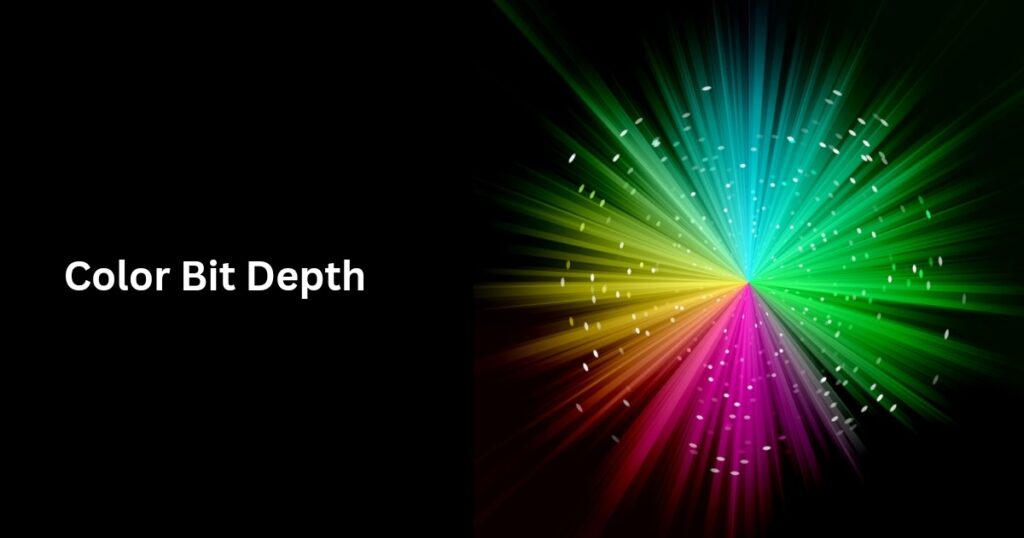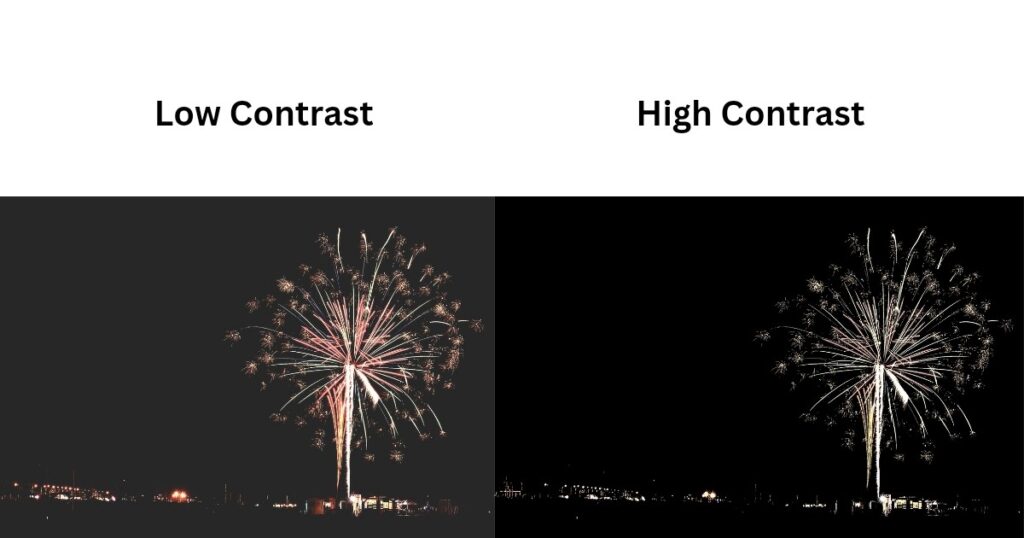OLED vs QLED: Which TV has higher power consumption?

With the rise of new display technologies, TVs have seen significant improvements.
Consumers now have access to better features at lower prices, thanks to increased competition in the TV market.
Larger screen sizes have also become more popular as TVs have become more affordable, and their brightness levels continue to improve.
However, along with these advancements, the power consumption of TVs has also risen.
Today, people are not only looking for better picture quality but also for energy-efficient options.
In this article, we’ll compare the power consumption of two popular TV types in the market: OLED and QLED.
Power consumption in TVs
RTings.com conducted a study on the power consumption and electricity costs of OLED and LED TVs, drawing several key conclusions.
Here are some of their findings:
- Larger-sized TVs consume more power compared to smaller-sized models, even when using the same technology.
- TVs with higher resolutions, such as 8K, tend to use significantly more power than lower-resolution models like 4K or HD, since the increased number of pixels leads to greater energy consumption.
- TVs left in standby mode use more electricity compared to those that are fully switched off after use.
- A TV with high peak brightness displaying HDR content will consume significantly more power compared to one with moderate brightness showing SDR content.
Now that we have a basic understanding of the factors affecting a TV’s power consumption, let’s see how you can calculate your TV’s power usage yourself.
With that information, you can also estimate the annual electricity cost associated with running your TV.
How to calculate the power consumption of a TV?
Assume your TV has an average power consumption of 150 Watts (as mentioned on its label), and you watch it for around 4 hours daily.
Then, the daily energy consumption would be:
0.15 kW × 4 hours = 0.6 kWh
So, the annual energy consumption becomes:
0.6 × 365 = 219 kWh (or 219 electricity units, since 1 unit = 1 kWh)
If the electricity rate in your area is $0.15 per unit, your annual electricity cost would be:
219 × $0.15 = $32.85
Keep in mind, this is just an average estimate.
The actual cost may slightly vary depending on several factors such as the type of content you watch, room lighting, standby power consumption, and the detailed structure of your electricity bill.
OLED TV power consumption
OLED stands for Organic Light Emitting Diode.
It is a display technology where each pixel is made of organic material and emits its own light.
Since every pixel acts as an individual light source, OLED TVs don’t require a separate backlight, unlike QLED or LCD TVs.
In darker scenes, OLED pixels can completely switch off, delivering perfect blacks and infinite contrast without any blooming around bright objects.
This makes OLEDs ideal for viewing in dark environments, where their strengths are most noticeable.
Unlike QLED TVs—where the backlight stays on regardless of the image, OLEDs can turn off unused pixels, potentially resulting in lower energy consumption.
However, this isn’t always the case, as the power savings depend on several factors.
A study published on ScienceDirect revealed that the power consumption of OLED displays is directly influenced by the content being shown.
The research found that images with enhanced contrast not only looked better but also resulted in improved energy efficiency.
By applying certain techniques to increase image contrast beyond the original levels, the study observed an average reduction of 13.16% in power consumption.
This energy saving is likely due to the fact that high-contrast images make it easier for the TV to clearly differentiate between bright and dark areas, allowing pixels to turn on or off more effectively.
Therefore, OLED TVs are more energy-efficient when displaying high-contrast content.
However, when it comes to HDR content, which requires bright highlights, the situation changes.
A study on ResearchGate shows that the energy consumption of OLED displays increases linearly with the screen brightness, meaning OLEDs draw more power while rendering bright HDR scenes.
Modern OLED TVs are also becoming significantly brighter thanks to advancements like quantum dots in Samsung’s QD-OLEDs and micro-lens arrays (MLA) used in LG’s OLEDs featuring MLA technology.
While these technologies improve brightness and visual quality, they also contribute to higher energy consumption.
QLED TV power consumption
QLED stands for Quantum Light Emitting Diode, but unlike OLED, it is not a self-emissive display technology.
Instead, it is a type of LED-backlit LCD TV that incorporates a layer of quantum dots in front of its backlight, which is made up of numerous inorganic LEDs.
When the LED backlight emits light, it strikes the quantum dot layer, which converts it into pure red and green colors, resulting in more accurate and vibrant color reproduction.
QLED TVs are generally capable of high peak brightness thanks to the powerful LED backlight, making them ideal for well-lit rooms.
However, in dark scenes, they cannot achieve perfect blacks, since the LED backlight remains on even when certain parts of the image are supposed to be completely dark.
A study published by the National Library of Medicine found that the power consumption in LCD displays consists of two parts: the backlight and the driving electronics.
The proportion of power used by each of these components varies based on the display size and resolution.
For instance, in a 55-inch 4K LCD TV, the backlight alone accounts for nearly 90% of the total power consumption.
It highlights how dominant the backlight’s role is in the overall energy usage of LCD-based displays.
Older QLED TVs typically consume more power than newer models.
For instance, Samsung’s Neo QLED TVs, which use mini-LEDs, feature a significantly higher number of dimming zones compared to standard QLEDs.
While they don’t offer per-pixel control like OLEDs, the increased number of dimming zones enables more accurate control over brightness and dimming, leading to improved energy efficiency.
As a result, a Neo QLED TV generally uses less power than older LED or QLED TVs that have fewer dimming zones.
That said, mini-LED TVs are capable of very high peak brightness due to the large number of LEDs in their backlight.
Thus, when displaying HDR content with intense brightness, these TVs need to push higher luminance levels, which can result in higher power consumption—potentially the highest out of standard QLEDs, LEDs, or OLEDs.
OLED vs QLED: Which TV consumes more power?
A TV’s power consumption depends more on your viewing habits, content type, and usage patterns than just the TV technology itself.
If you mostly watch movies or play games with dark, high-contrast scenes, and prefer viewing in a dark room, an OLED TV would be a more energy-efficient and visually rewarding choice.
It can switch off individual pixels when not needed, saving power while delivering exceptional contrast and deep blacks.
However, when watching HDR content in a brightly lit room, many OLEDs may struggle to overcome glare, requiring them to operate at higher brightness.
This not only increases energy consumption, but also puts more strain on the organic pixels, probably accelerating their degradation.
In such cases, a mini-LED backlit QLED TV is a better option.
It can achieve higher brightness more efficiently, handle glare more effectively, and display vivid HDR visuals.
How to reduce the power consumption of your TV?
Firstly, turn the TV off completely instead of leaving it in standby mode.
While it may seem like an outdated habit, it can lead to noticeable energy savings over time.
Secondly, set a sleep timer to turn the TV off if you often fall asleep while watching.
Thirdly, lower the screen brightness when full brightness isn’t necessary.
You can also optimize your viewing environment to reduce the screen’s brightness requirements.
For example, in a bright room, the TV increases brightness to combat glare, but simply drawing the curtains or placing the TV in a dimly-lit or dark environment can help reduce that need.
Most modern TVs come with eco mode, power-saving mode, or ambient light sensing features that automatically adjust settings to reduce power usage.
The ambient light sensors or automatic brightness adjustment features adjust screen brightness based on room lighting.
If you’re planning to buy a new TV and want to keep your energy bills in check, consider opting for a 4K TV in a moderate size, such as 55” or 65”, instead of going for an 8K model or a larger screen size like 85” or 97”.
Larger and higher-resolution TVs generally consume significantly more power.
That said, it’s also important to be practical—there’s no real benefit in chasing energy efficiency if it takes 20 years to recover the extra cost of a so-called “more efficient” TV.
Sometimes, the return on investment just may not be worth it.



Thanks for the sensible critique. Me and my neighbor were just preparing to do a little research on this. We got a grab a book from our local library but I think I learned more clear from this post. I am very glad to see such wonderful information being shared freely out there.
Hi friend.. So happy to hear that ☺️ plz keep visiting